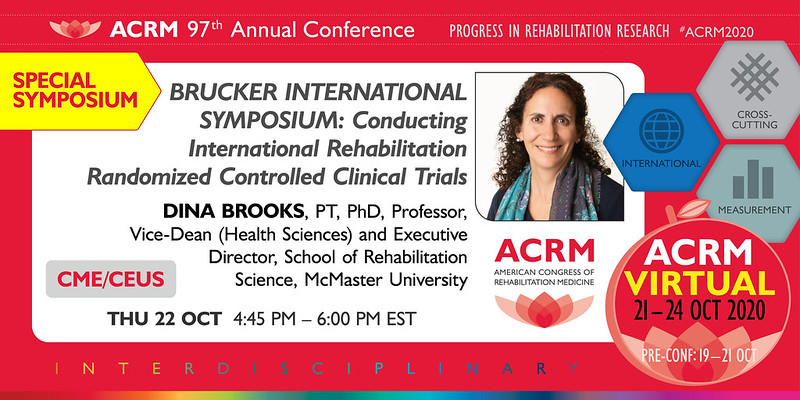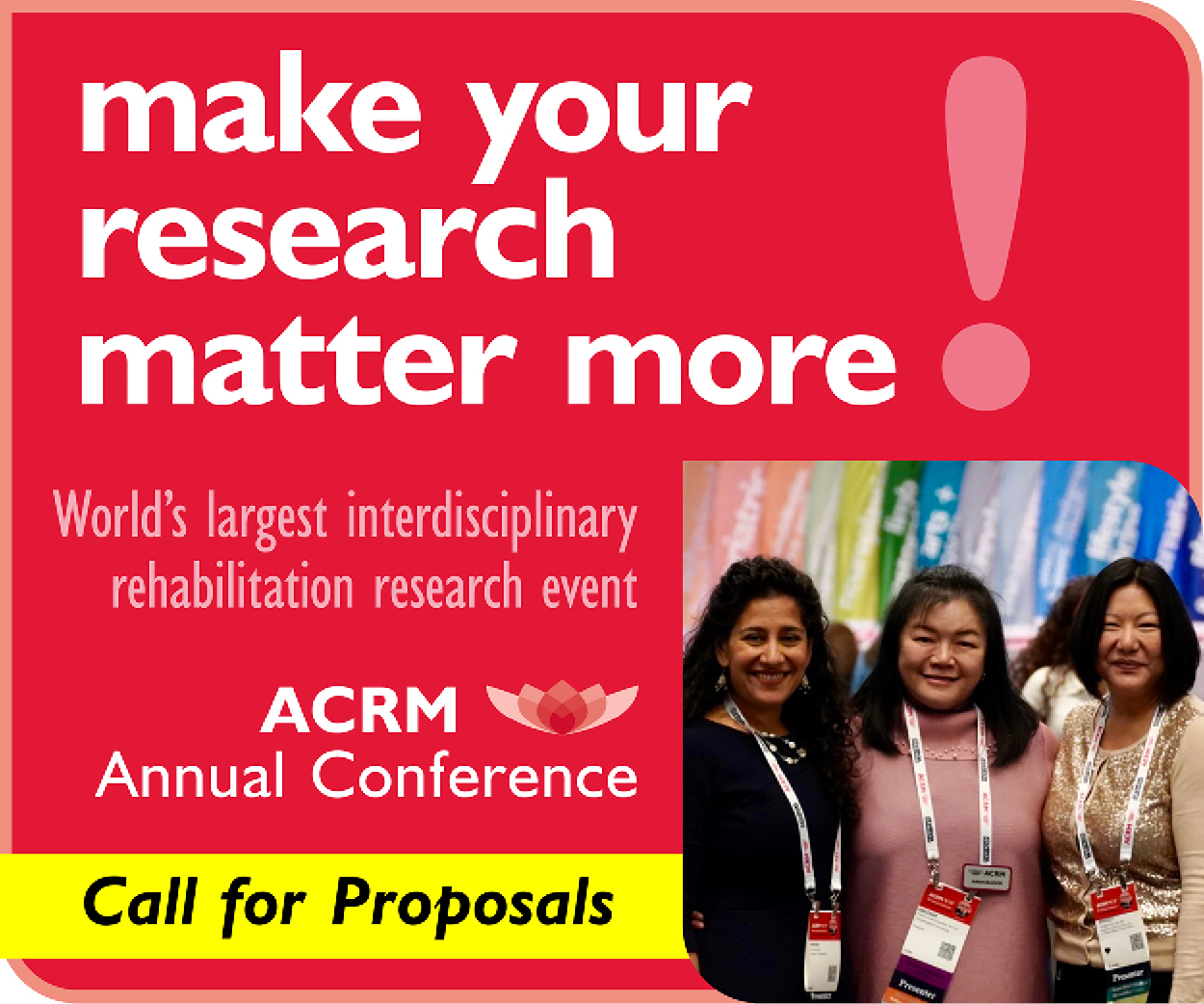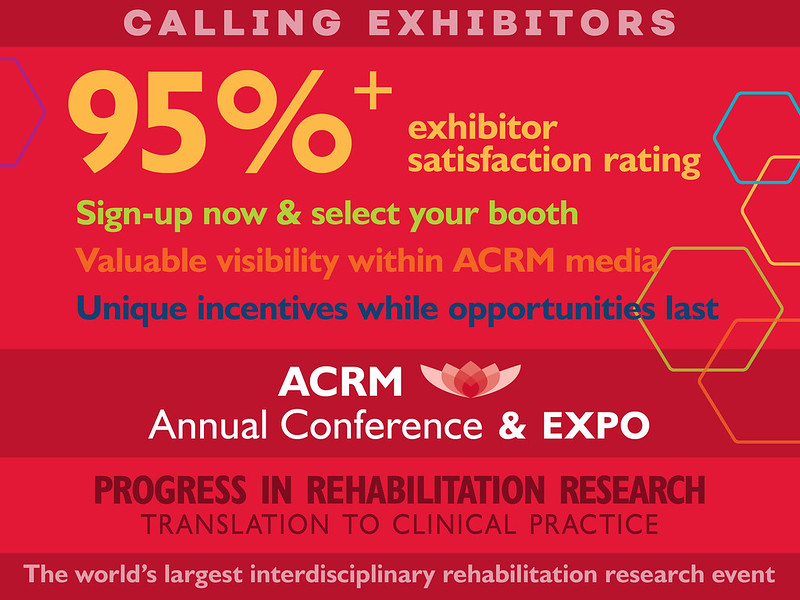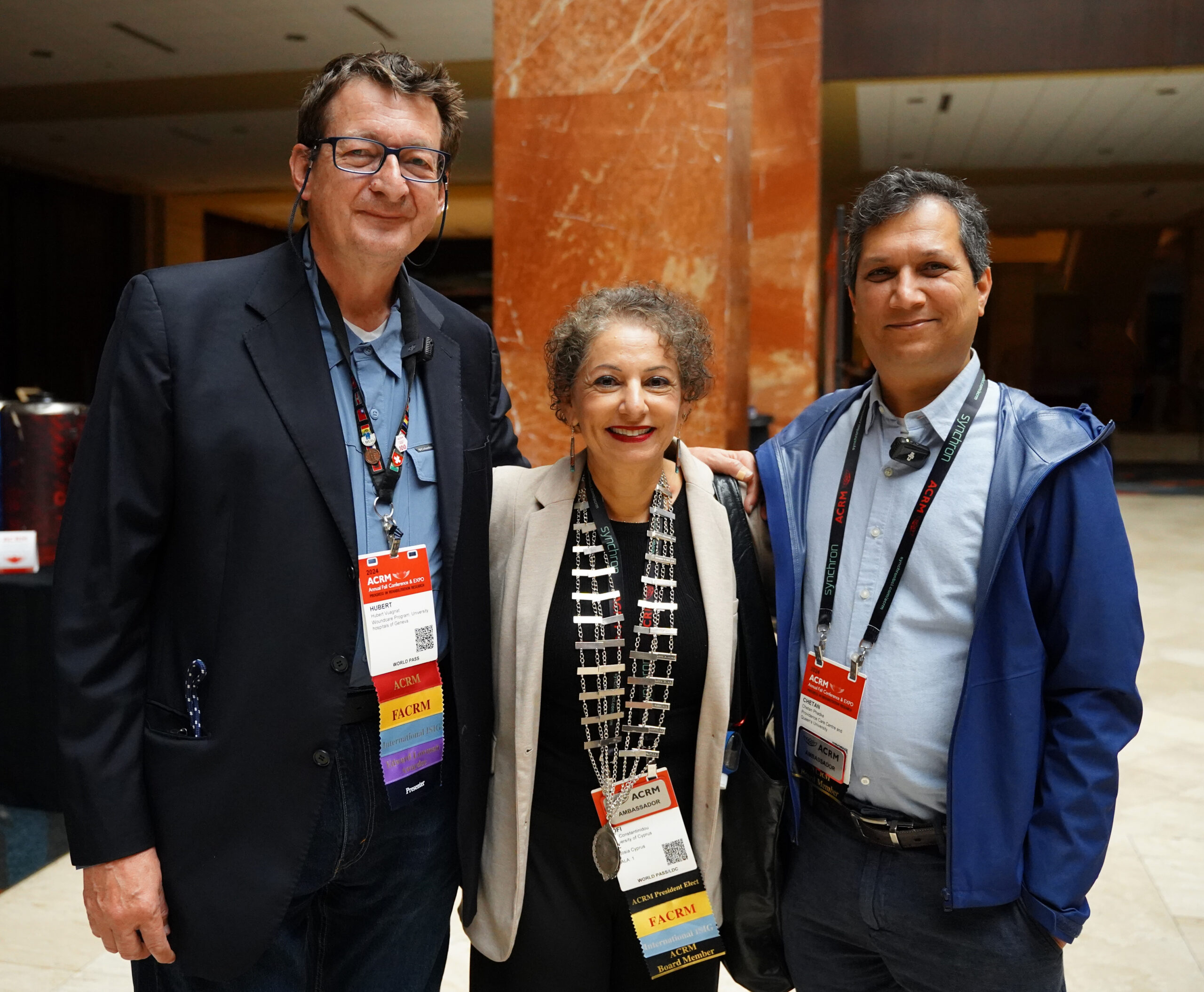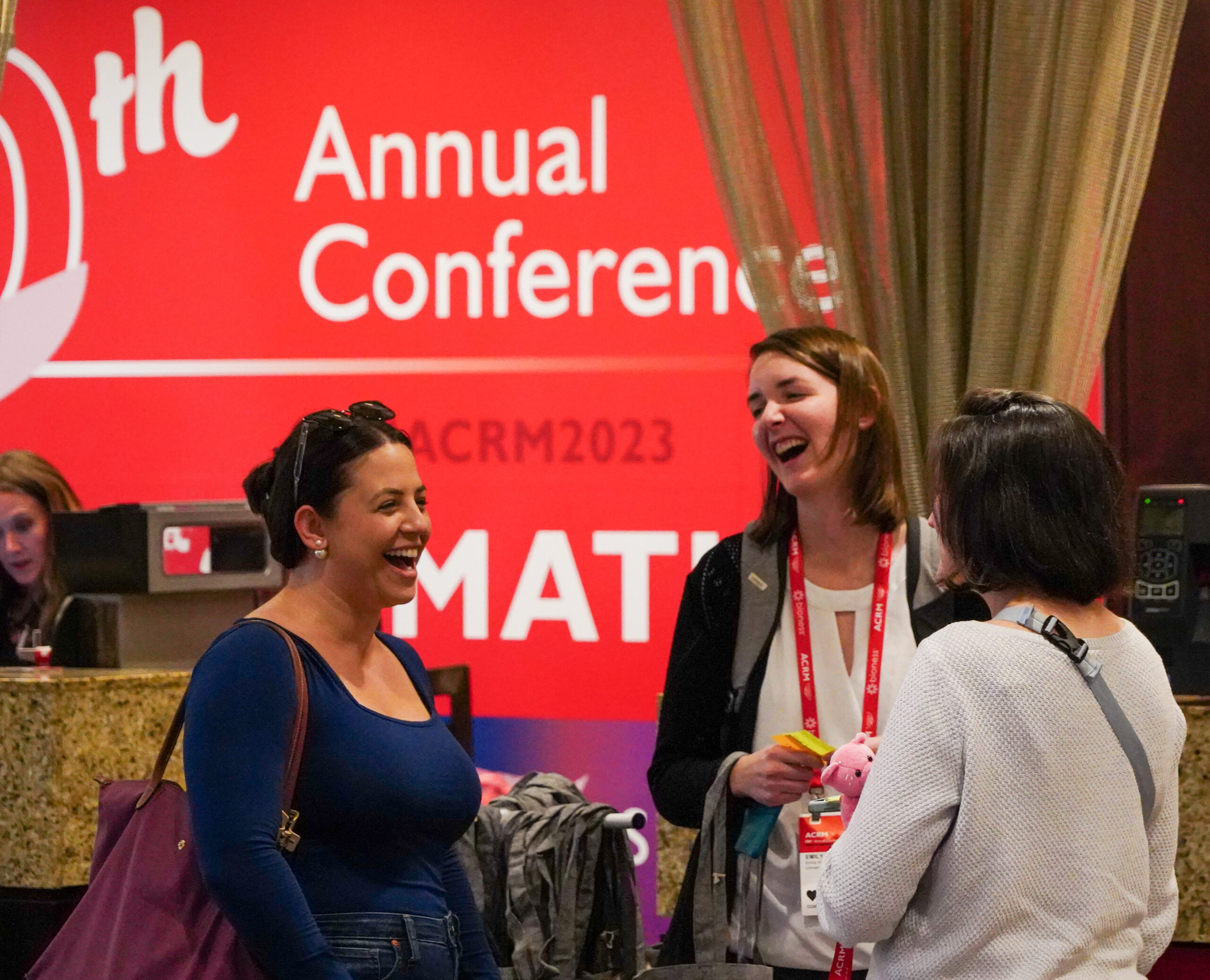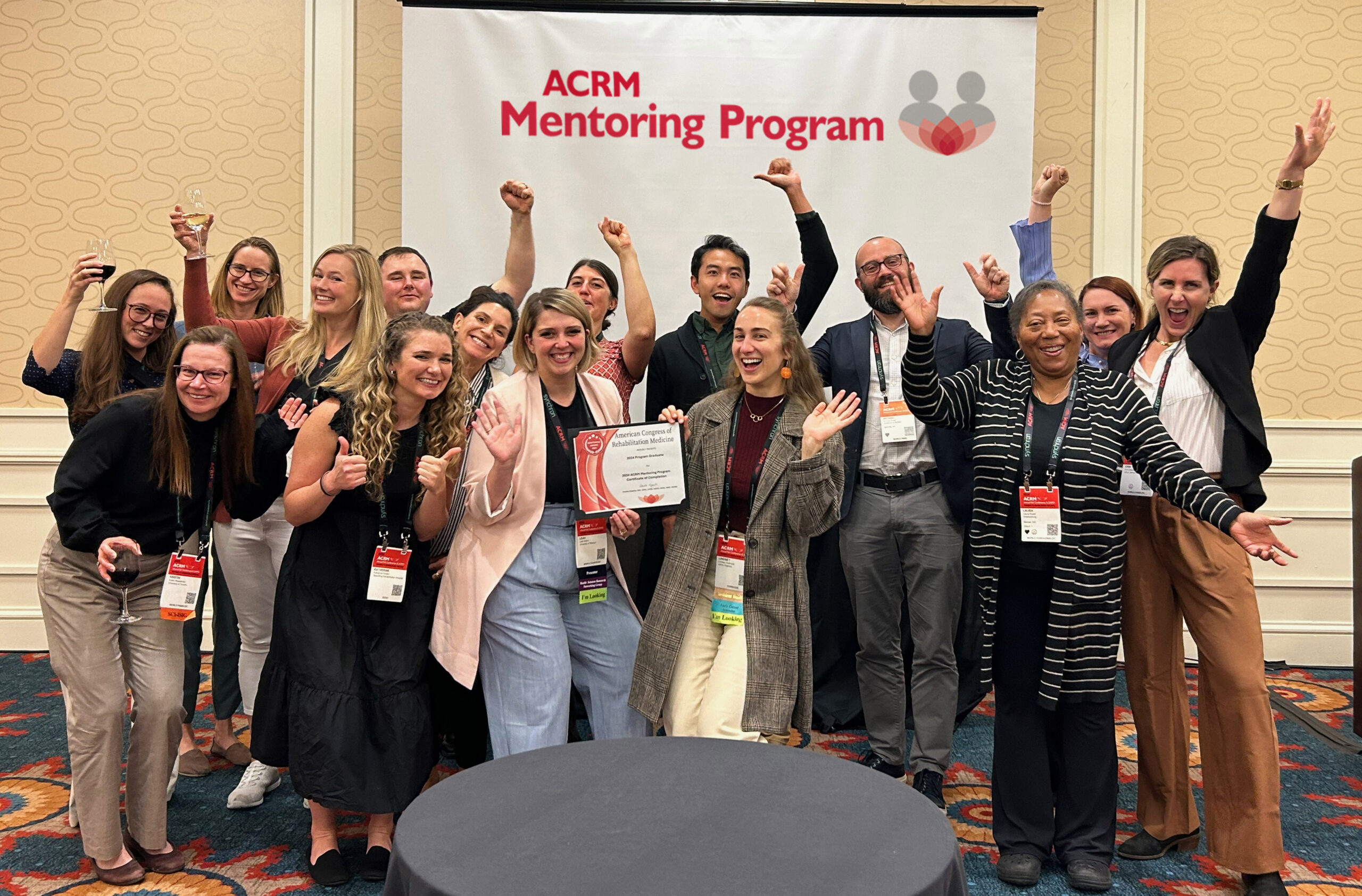With the Brucker Award Winner & Speaker: Dina Brooks, PT, PhD
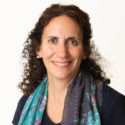
Dina Brooks, PT, Ph.D., is a Professor in the School of Rehabilitation Science and is the Vice-Dean (Health Sciences) and Executive Director, School of Rehabilitation Science. Dr. Brooks is a Professor who is recognized as a leader in cardiorespiratory rehabilitation and is a fellow of the Canadian Academy of Health Sciences. She held a Canada Research Chair in Rehabilitation and COPD. Her research experience has included varied models and different research approaches. She presently holds a National Sanitarium Association Chair in Respiratory/Pulmonary Rehabilitation Research. Dr. Brooks is an alumna of University of Toronto, completing a Bachelor of Science degree in physiotherapy in 1988, a Master of Science degree in 1990 and a PhD in 1997. She joined the faculty at the University of Toronto as an associate professor in 1999 and has been full professor since 2011. She is a long-time scientist at the Toronto Rehabilitation Institute, and senior scientist in respiratory medicine at West Park Healthcare Centre in Toronto.
Q: Tell us about your involvement in the field of Rehabilitation?
A: I am a clinician-scientist whose strong research and health sciences training includes degrees in physical therapy and respiratory physiology. My research crosses boundaries between the study of basic mechanistic issues in respiratory disease, the development of clinical trials to quantify the effect of pulmonary and cardiovascular rehabilitation, and knowledge translation through the establishment of clinical practice guidelines. I have made significant and ongoing contributions to the health sciences in her field of cardiorespiratory rehabilitation through clinically significant research and effective leadership.
Q: Have you been introduced to and/or using telehealth as a result of COVID-19? If so, how has this impacted your day-to-day experience?
A: I am an educator, researcher, and an administrator. I have used technology for education and for research but not for patient care.
Q: Tell us about your current position and/or most recent research/projects.
A: I am Professor, Vice-Dean & Executive Director, School of Rehabilitation Science at McMaster University in Ontario Canada. I am also the National Sanitarium Association (NSA) Chair in Respiratory/Pulmonary Rehabilitation Research. I am Professor in the Department of Physical Therapy, Rehabilitation Science Institute and Medicine at the University of Toronto. I hold research scientist appointments concurrently at West Park Health Care Centre.
In the clinical realm, the focus of my research is in the area of rehabilitation for individuals with Chronic Obstructive Pulmonary Disease (COPD) or cardiovascular disease. COPD and cardiovascular disease are leading causes of morbidity and mortality worldwide and, in Canada, they are in the top four leading causes of death. There is no cure for these conditions and rehabilitation is one of the most effective interventions, having a huge impact on function and activities of daily living. My program of research, which is designed to maximize the effects of rehabilitation and improve the day-to-day lives of those with the disease, is unique and wide ranging. One theme of my research is evaluating physical activity in individuals with cardiorespiratory. A second theme of my research is to examine the added value of adjunct interventions in pulmonary rehabilitation. For example, her clinical trials have looked at the effectiveness of different interventions (resistance training of upper extremity, oxygen therapy, inspiratory muscle training, balance training) as adjuncts to conventional rehabilitation in improving function and quality of life. These findings have impacted practice. For example, our work demonstrating that balance is impaired in individuals with COPD has resulted in the greater likelihood of clinicians assessing balance and inquiring about falls. A third theme of my work is to innovate methods to maintain the benefits of rehabilitation over the long term. We have developed a partnership with the City of Toronto’s Parks, Forestry and Recreation Division and has created a community-based exercise program. This innovative decentralized model has a number of positive impacts: it will improve the health of individuals with COPD or cardiovascular disease, which will also help alleviate the economic and social burden that chronic disease puts on local and provincial health resources.
Q: Who has been one of the most influential people throughout your career and why?
A: My PhD supervisor was hugely influential on my career. In a landmark study in an animal model during my PhD, we were the first worldwide to establish a direct link between obstructive sleep apnea and systemic hypertension. This groundbreaking mechanistic study has been cited widely (“Obstructive Sleep Apnea as a Cause of Systemic Hypertension: Evidence from a Canine Model,” Journal of Clinical Investigation 99 [1997]: 106–9).
Q: Aside from COVID-19, what are some challenges you have encountered in your field and what tools assisted you in conquering those challenges?
A: Rehabilitation and exercise is not a cure. Although it has an impact on quality of life and life satisfaction, it does not eradicate the disease. Thus, it is not an area that is easy to get funding for. The current funding environment is very challenging.
Q: In a short paragraph, explain how has COVID-19 affected your personal or professional life.
A: Like others, the coronavirus outbreak is having profound impacts on the personal and professional lives of all of us in a variety of ways. I worked from home for several months and continue to do so at least 50% of the time. Caring for aging parents is a challenge during this time. I have had to hone my technology skills to be able to teach online.
Q: What top 3 hobbies or activities do you look forward to during free time (in a COVID-19-free world)?
A: I have many passions that include long distance running, reading, swimming and cycling. In addition to my husband, I have three adult children, a dog and a cat.


